Inquiry
Technical Consultation
FAQ
▶ About Manufacturing
Processes ▶ About Fastening Products ▶ About Technical Consultation
Processes ▶ About Fastening Products ▶ About Technical Consultation

Frequently Asked Questions
Questions About Manufacturing Processes
Q 1. What is cold heading?
A.
Cold heading is a metal working process that forges metal under pressure at normal (or room) temperature. The metal forming process, which takes advantage of the plasticity of metal, is also called plastic working. Since the metal is forged at normal temperature, without being heated, the process is highly accurate. Also, high product strength can be achieved by designing a process with fiber flow lines (metallic fibers) in mind.
( Heading Process for forming a Stepped Semi-Tubular Part )
 |
Note: In cold heading, metal wire, as shown in the picture on the left, is fed into forming equipment called a header machine and then undergoes a series of production steps, as shown in the animation on the right. |
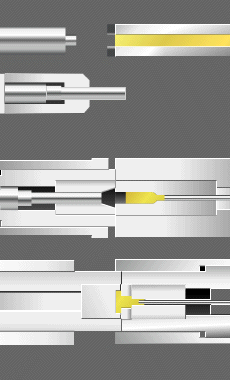
Q 2. What are the advantages and disadvantages of cold heading?
A.
|
|
|||||||||||||||||||||||||||||||||||||||||||||||||||||
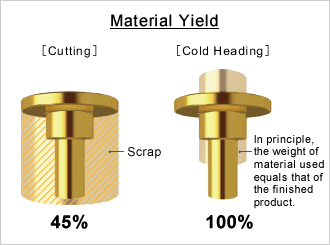 |
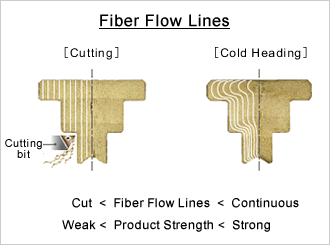 |
Q 3. What materials can you process?
A.
We can process a wide range of metals, including iron (pure iron and other iron materials), stainless steel, copper, brass, aluminum, titanium, Kovar, and other special metals. We can also consider processing special materials provided by the customer. Please contact us to discuss your requirements.
Q 4. What sizes can you process?
A.
We have experience handling materials from 0.10 to 20 mm in diameter. Depending on your desired part size, we can built equipment in-house to meet your needs.
Q 5. What lengths can you process?
A.
We have experience handling materials from under 1 mm to over 2,000 mm long. We can also offer special processing of long parts. Please contact us to discuss your requirements.
Q 6. How accurately can you control the cold heading process?
A.
We have a lot of experience controlling the accuracy in μm units, although it varies depending on the shape and material of the product and on which area is dimensionally controlled.
Please feel free to contact us for the accuracy of the heading process.
Please feel free to contact us for the accuracy of the heading process.
Q 7. What is form rolling?
A.
In the form rolling process, a blank is sandwiched between flat dies called die plates and then rolled under constant pressure into a desired shape as the patterns on the dies are transferred to the blank. As with the forming process using a header machine, the form rolling process applies compressive force to materials to deform them and is therefore classified as a cold heading technique, although the two processes employ different styles. Form rolling is a production technique that ensures high material yield and high-speed production and thus helps streamline forming operations.
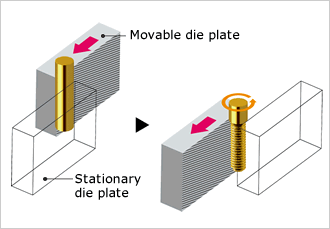 |
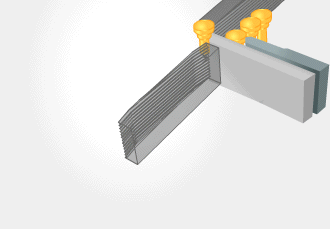
|
( Shapes Available in the Form Rolling Process )


Q 8. What is the difference between thread cutting and thread rolling?
A.
The thread rolling process enables high-speed production of individual screws and eliminates material loss, thus making it ideal for mass production in terms of both turnaround time and costs. Another major feature of the thread rolling process is its ability to enhance the strength of parts due to continuous fiber flow lines (metallic fibers) and work hardening.

Q 9. Do you offer heat treatment?
A.
Our heat treatment facility and contract manufacturer handle the following types of heat treatments.
| Types and Characteristics of Heat Treatments | |
|---|---|
| Quenching and Tempering | Quenching is a heat treatment performed to enhance the hardness of metals. After the process, which reduces their toughness and makes their structure more brittle, tempering is commonly performed to restore the toughness. |
| Annealing | This heat treatment softens material by removing deformation caused by work hardening and thus improves its ductility. |
| Normalizing | This heat treatment is performed to remove the internal deformation of a product caused during a forming process, to restore the metal structure to its normal state, or to make its crystal grains finer. It also enhances the strength and ductility of metals. |
| Carburizing | This heat treatment hardens the surface of material. The degree of hardening depends strongly on the amount of carbon, which means that only the surface of a product can be hardened while allowing its internal structure to remain soft. This technique is commonly used to provide products with both wear resistance and toughness properties. |
| Nitriding | This heat treatment exposes iron or a titanium alloy to a high-temperature nitrogen atmosphere to allow nitrogen to diffuse into the surface of the metal, thereby hardening the surface. The process causes little change in material dimensions and enables the manufacture of products with superior wear resistance. |
Q10. Do you offer plating and surface treatment processes?
A.
Our plating plant (Wako Riken) and contract manufacturer perform plating processes.
Our plating metals include zinc, copper, nickel, tin, gold, silver, rhodium, and chromium.
Our plating metals include zinc, copper, nickel, tin, gold, silver, rhodium, and chromium.
| Types and Characteristics of Plating | ||
|---|---|---|
| Zinc Plating | 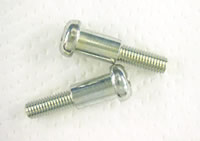 |
Iron and steel materials, which are prone to rusting, are commonly plated with zinc to protect against corrosion. After the plating process, the zinc plate is typically coated with chromate to further enhance the corrosion resistance. (Example: trivalent chromate plating) |
| Copper Plating | 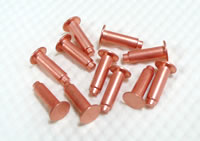 |
Copper, with good electrical conductivity and leveling properties, is extensively used as an underplate for electronic parts and decorative plating. |
| Nickel Plating | 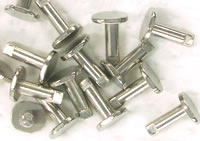 |
Nickel, which resists air and humidity much better than iron, is commonly used for anti-corrosion (anti-rust) and decorative applications. |
| Electroless Nickel Plating | 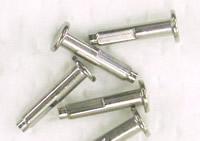 |
Unlike nickel electroplating, this plating technique provides a uniform coating even on products of complicated shape. |
| Tin Plating | 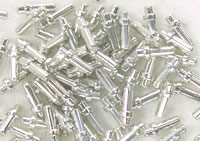 |
Tin plating, which provides a superior white luster and good solderability, is commonly applied to electronic parts. |
| Gold Plating | 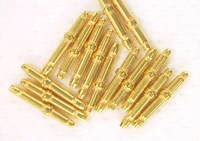 |
Gold plating provides low contact resistance as well as superior corrosion resistance, oxidation resistance, electrical conductivity, and thermal conductivity. |
| Silver Plating | 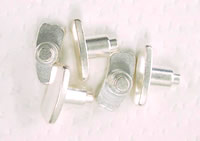 |
Silver plating, which provides superior electrical conductivity, is commonly applied to electrical contacts and connectors. |
| Rhodium Plating | 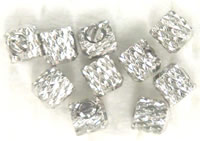 |
Rhodium plating, which provides superior corrosion resistance, high reflectance, and a beautiful white luster, is commonly applied to accessories. |
| Chrome Plating | 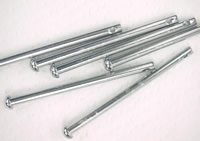 |
Chrome plating, which provides a beautiful metallic luster and superior corrosion resistance, is commonly used for decorative applications. It is also used for industrial applications, where its superior lubrication and anti-wear properties contribute significantly to reducing the costs of industrial products. |
| Others | 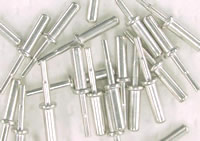 |
We also offer zinc-nickel plating (for corrosion resistance and thermal resistance), tin-cobalt plating (for discoloration resistance), and more. |